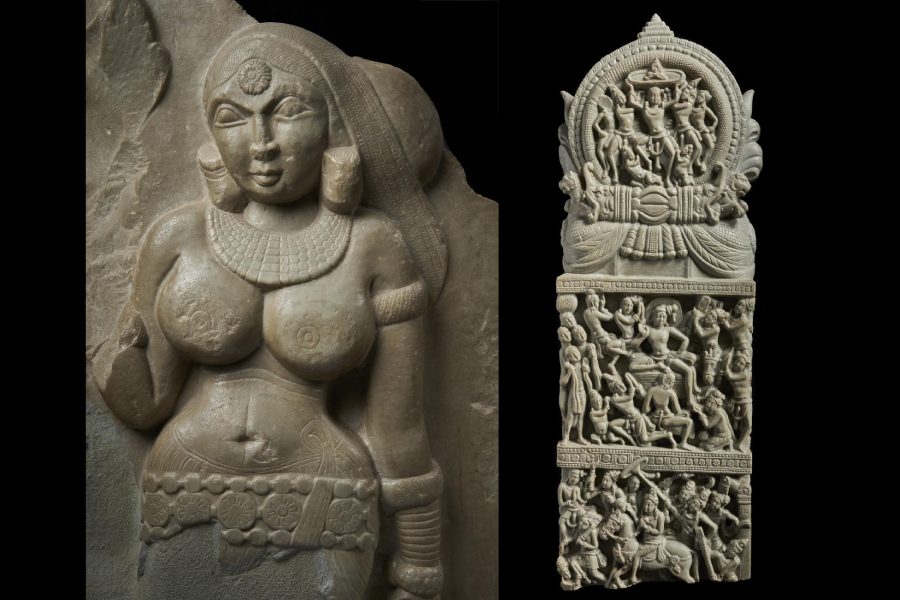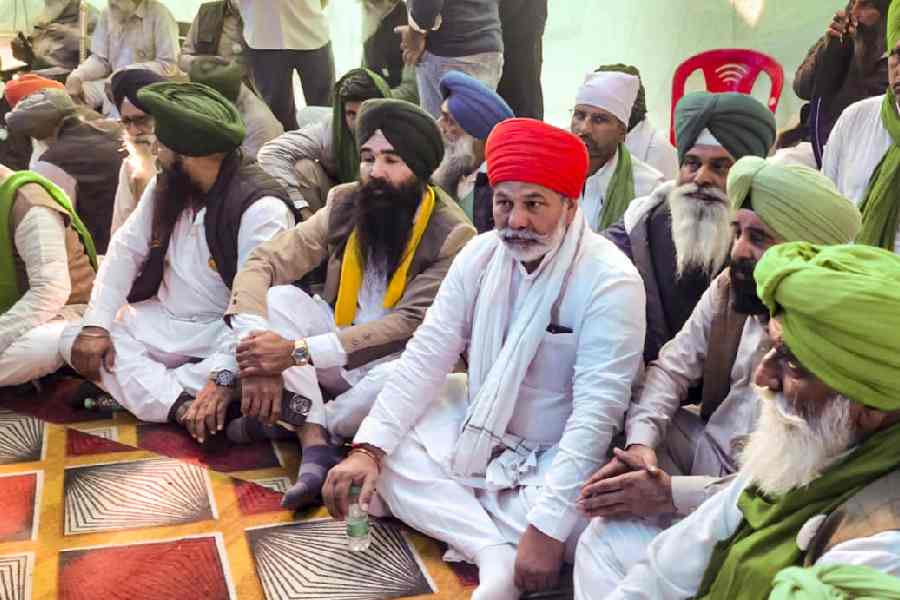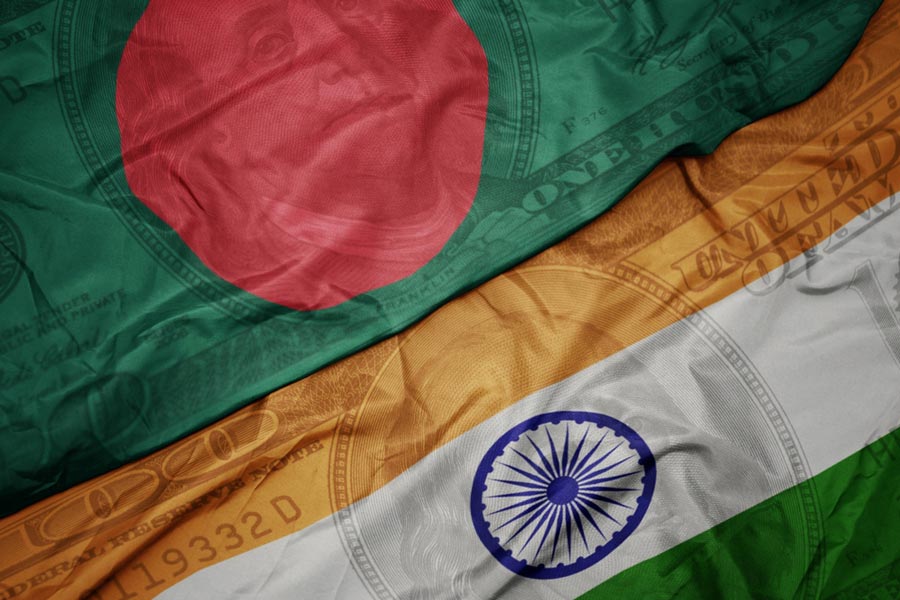Book: TREE & SERPENT: EARLY BUDDHIST ART IN INDIA
Author: John Guy
Published by: Mapin
Price: Rs 3,950
Southern India cannot boast of a single holy site visited by the Buddha Sakyamuni in his lifetime. Yet, within 200 years of the Buddha’s death, Buddhism had sunk deep roots in the Daksinapatha, especially in Andhradesa. The region lays claim to some of the most splendid stupas and monasteries in India. Strangely, southern India has been a historical blind spot when it comes to chronicling Buddhist art whose origins in northern and eastern India and subsequent spread across Southeast Asia are well-documented. TREE & SERPENT: EARLY BUDDHIST ART IN INDIA (Mapin, Rs 3,950) by John Guy, the curator of South and Southeast Asian art at the Metropolitan Museum of Art, sets about correcting this imbalance meticulously.
This richly illustrated volume has artefacts from museums across India, Europe and the United States of America. Each of the artworks in the book — a Yaksi (picture, left) and an intricate pillar celebrating the Buddha’s Great Renunciation (picture, right) are reproduced here — is used to tell the story of the evolution of Buddhism, its allure, its economics, its spread outside India, and the contributions of dynasties, both royal and mercantile, among many other interesting facets. A close study of the artefacts reveals how Buddhism carried the art traditions of northern India over to the south, giving birth to a unique artistic idiom.










